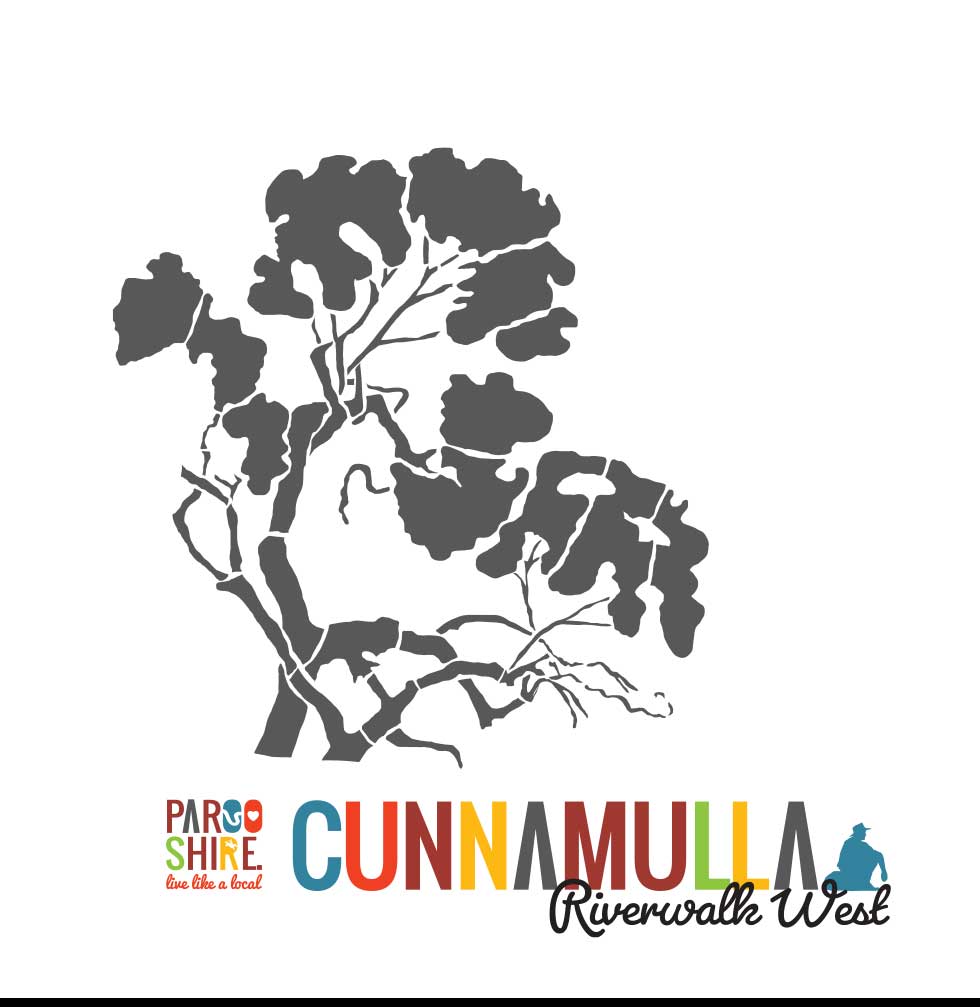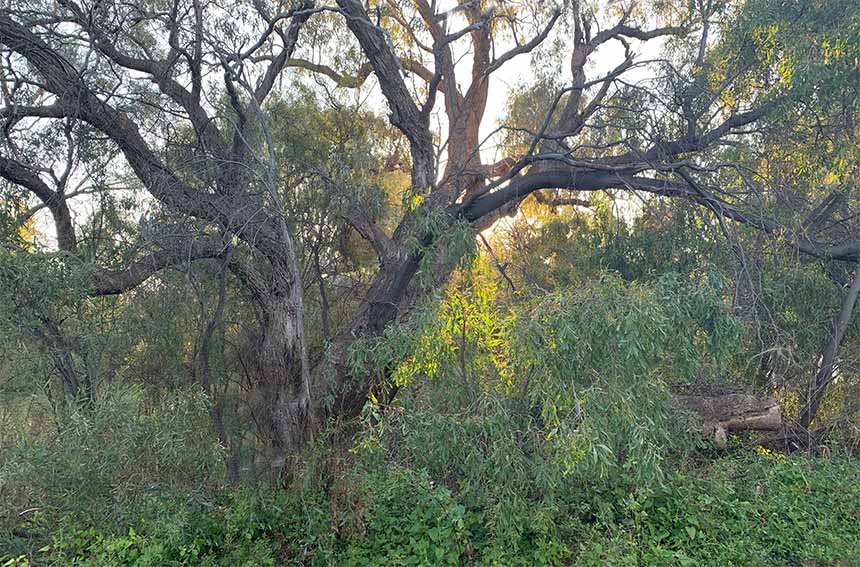

Eucalyptus coolabah
Coolibah is one of inland Australia's most iconic trees. Look for that characteristic sweeping arch found in its curving lower branches and so long as you're standing in a river floodplain, you're likely to be looking at a coolibah.
Coolibah are very hardy plants that can survive in a range of tough environments. It seems that they don't so much need the floods to survive as they do to establish generation neXt. River flooding seems to be crucial to re-establish the soil moisture needed for germination and seedling establishment.
Coolibah flowers between October and December and fruits mature relatively quickly during summer and autumn. For this reason it is likely that coolibah do not store seed in the canopy like river red gum.
Coolibah seems to take an annual punt that producing its seed at the same time as the wet season is likely to arrive (in the event that it does!) is its best long term shot at survival. The measure of coolibahs resilience is that it can survive great variation in flood frequency.
Like other floodplain eucalypts however, flood duration is an important factor for the tree. Waterlogged spoils can lead to its demise. A flood duration of several weeks will definietly help to promote seed production.
Coolibah is also reasonably tolerant of saline soils. It prefers to avoid these however and more frequent flooding tends to reduce the impacts of saline soils and groundwater on tree condition and promote healthy coolibah communities.


1. Entry
3. Billabong
